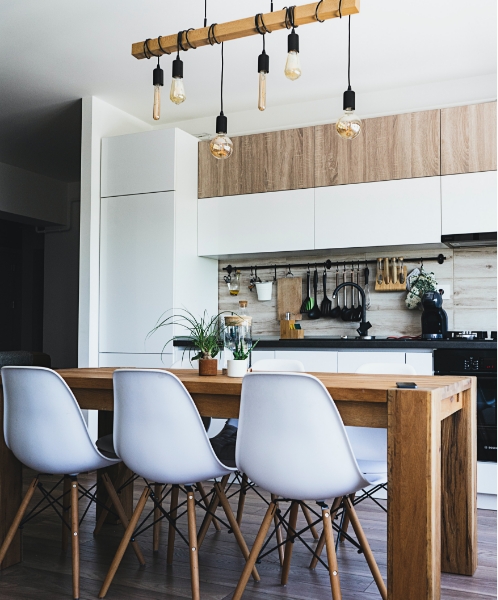Paint Sheen Chart: Selecting Gloss
HOMEOWNER GUIDES

Do You Love This?
See What We Can Do For You
If you are ready to make your remodeling dreams a reality, contact us and we’ll work with you to bring your vision to life.